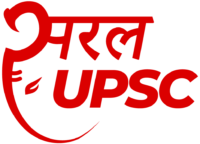The poverty line is quite unsatisfactory when it comes to grasping the extent of poverty in India. It is not only because of its extremely narrow definition of ‘who is poor’ and the debatable methodology used to count the poor, but also because of a more fundamental assumption underlying it. It exclusively relies on the notion of poverty as insufficient income or insufficient purchasing power. One can better categorize it by calling it income poverty. If poverty is ultimately about deprivations affecting human well-being, then income poverty is only one aspect of it. Poverty of a life, in our view, lies not merely in the impoverished state in which the person actually lives, but also in the lack of real opportunity given by social constraints as well as personal circumstances–to choose other types of living. Even the relevance of low incomes, meagre possessions, and other aspects of what are standardly seen as economic poverty relate ultimately to their role in curtailing capabilities, i.e., their role in severely restricting the choices people have to lead variable and valued lives.
Why is income poverty only one measure of counting the ‘poor’?
Options
Similar Questions
Consider the following figures: In the figures (I) to (VI) above, some parts are shown…
Consider the figures given below To fit the question mark, the correct answer is:
Study the graph and answer the item given below.
Cynthia’s knees were quaking because
The author prefers government as the umpire and private sector as players because
